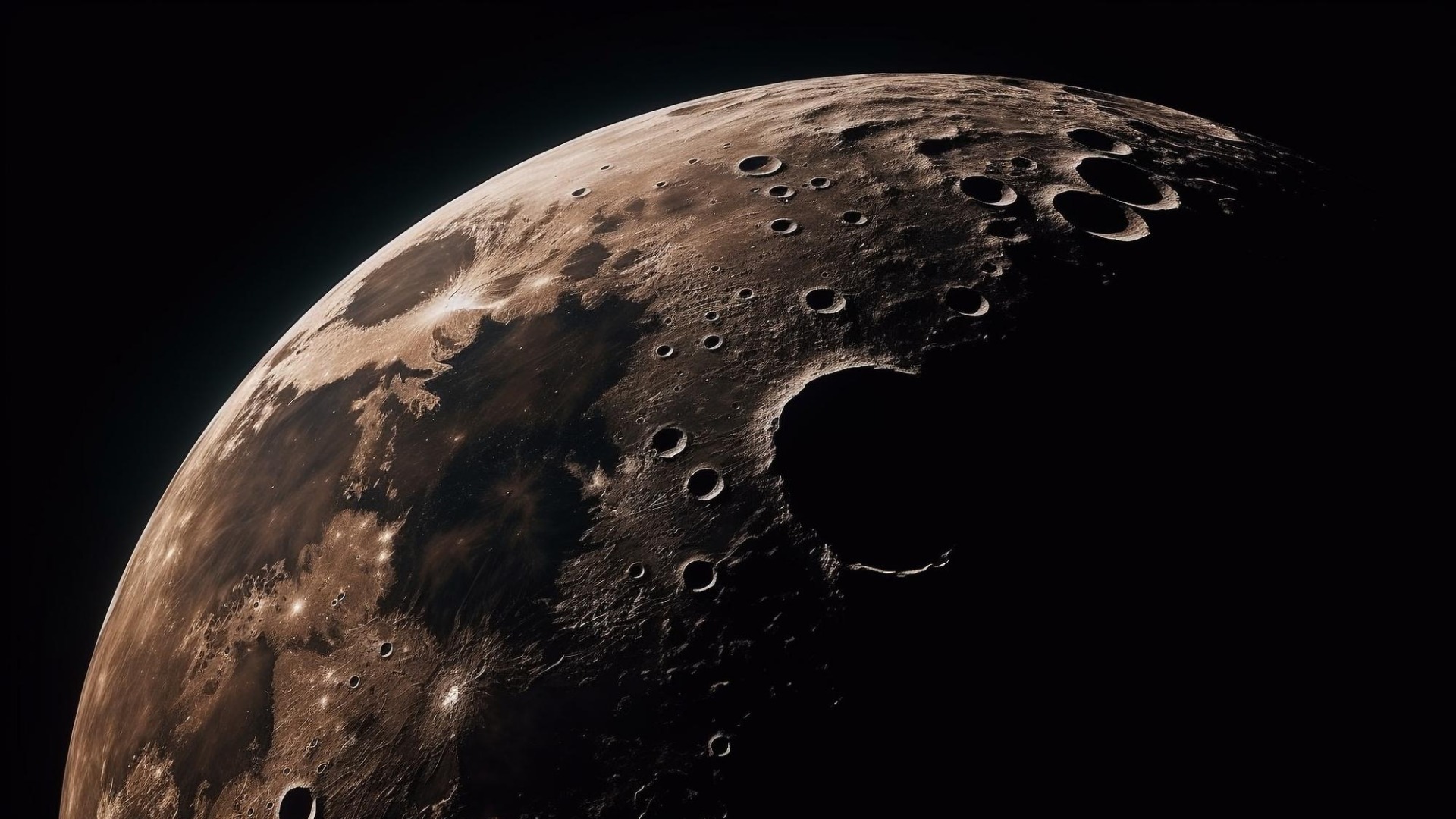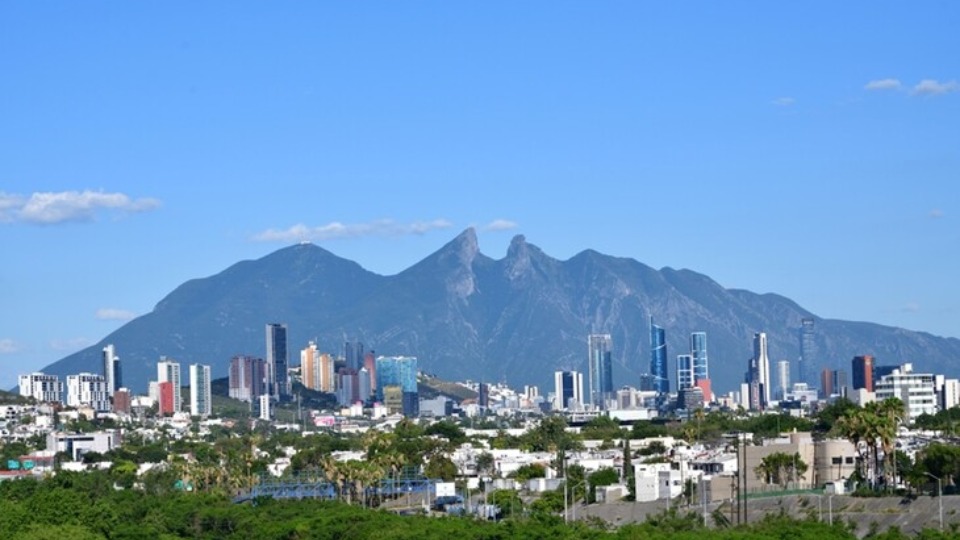
Recent Study Points to an Older Moon Than Originally Thought

New evidence suggests that the Moon is likely far older than previously believed—perhaps as much as 40 million years older.
Although it has been almost half a century since humans first set foot on the moon, recent findings suggest there is still plenty to discover.
The moon may be 40 million years older than originally assumed, according to a new research from Northwestern University that examined small zircon crystals in lunar material carried back by Apollo 17 crew in 1972.
More than 4 billion years ago, the moon likely originated when an asteroid the size of Mars collided with a young Earth, sending a portion of Earth's molten rock hurtling into space.
According to Philipp Heck, the lead author and Robert A. Pritzker Curator for Meteorites and Polar Studies at the Field Museum, "when the surface was molten like that, zircon crystals could not form and survive." Therefore, any crystals seen on the Moon's surface originated only after the cooling of this ocean of lunar lava. If not, their chemical fingerprints would have been burned away.
Zircon crystals were discovered in the lunar dust samples, and their age was calculated to be 4.46 billion years old using a combination of radiometric dating and atom probe scanning.
Considering that the moon is thought to be at least 4.425 billion years old, 40 million years is a mere blink in comparison. The moon's age, in any scenario, is very ancient.
Since the moon is an integral element of our solar system and has daily effects on our lives, it is in our best interest to acquire as much knowledge as possible about it. It helps keep Earth's axis of rotation steady. It's because of this that each day has 24 hours. That's why there are tides. Without the moon, Earth would be a very different place to live and life as we know it would change dramatically.
The latest research fills in a little but important piece of the bigger picture of this aspect of the natural world that we are all so interested in learning more about. And there's more information coming our way. In the future years, thanks to NASA's Artemis missions, humans will visit the moon again, which will definitely result in fresh findings about our lunar neighbour.
Source: travelandleisure.com








